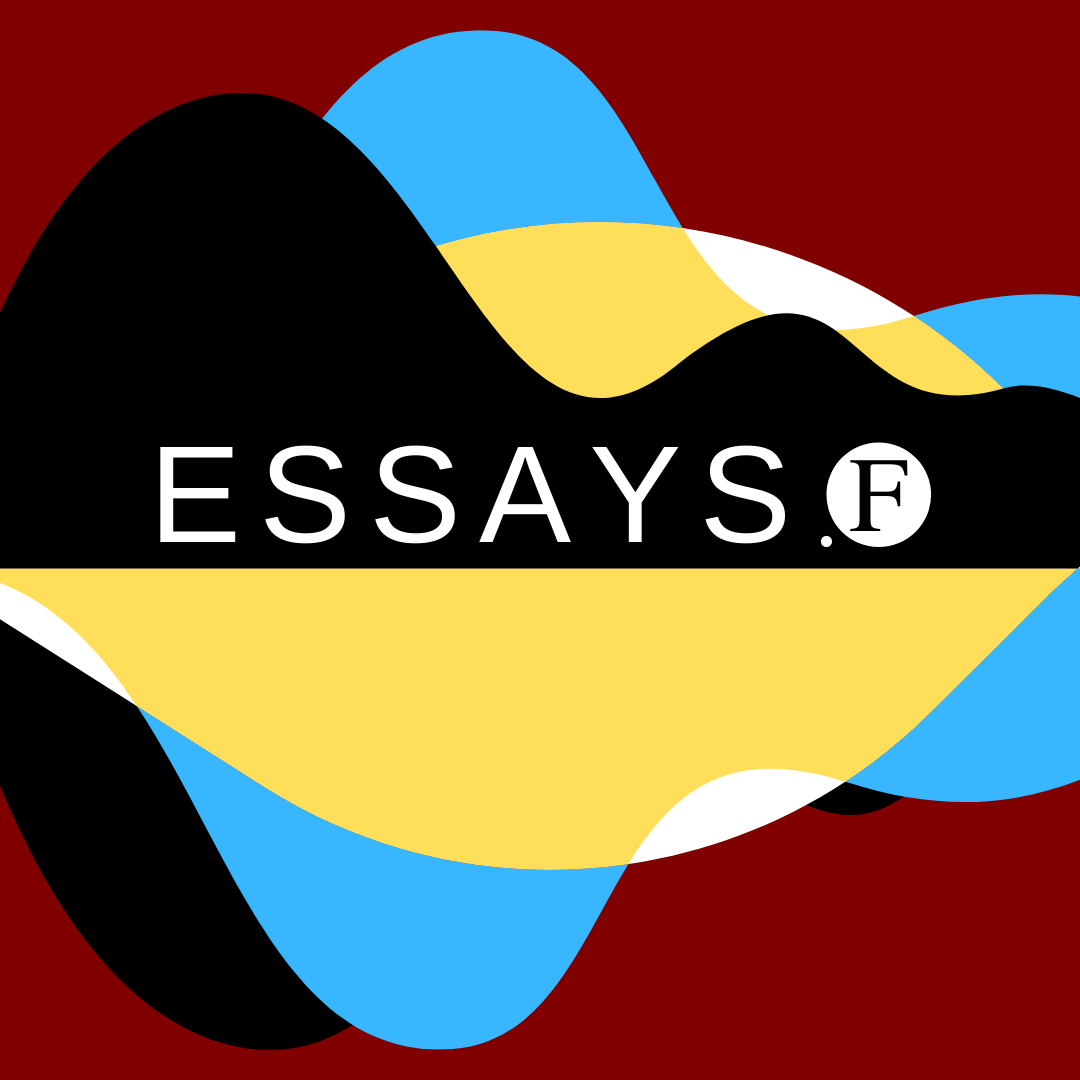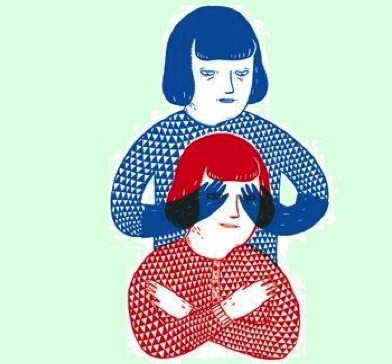Motivated Creativity and Character
Matthew Kieran on true creativity, motivation, and character
Creativity is highly prized. We praise and admire creative people for their achievements. Being a creative person is something worth aiming for. How come? Being creative can bring fame and wealth, as David Bowie, Maya Angelou, and Richard Feynmann found, and, more modestly, being creative often helps people to earn a living. A creative life is also taken to be a happier or, at least, a more fulfilled one. Hence many people desire a creative job, whether in the arts, design, science, or engineering. Broader socio-economic benefits explain why governmental and social policy is often (allegedly) geared toward creativity, whilst education systems are often praised or criticized for engendering or undermining creativity. So, what makes for creative people?
There is a minimal sense to creativity that just means ‘an ability to come up with ideas or artifacts that are new, surprising and valuable’. Yet this is consistent with people being creative by accident or not knowing what they are doing. If using my broken camera produces new, valuable photographs because of the faulty mechanism, there is a minimal sense in which my action is creative. But we wouldn’t say just in virtue of that being true that I am a creative person in any interesting sense. I just got lucky. There is a more robust sense to creativity that picks out people’s control and understanding in guiding what they are doing. According to this account, creative people have a sense of what they are doing and why.
However, an easy point to miss is the fact that creative people must be motivated. Someone may possess the ability to be creative and yet fail due to lack of motivation; perhaps the person is just not interested in trying, the fear of standing out swamps the impulse to do something different, or laziness rules the day. Potential poets, musicians, scientists, or engineers are only potentially creative as and until they actually start doing something. Having the potential to be creative is one thing, being a genuinely creative person is another.
More interestingly still, how and why people are motivated makes a difference to their creativity. There is a wealth of work in experimental psychology suggesting that intrinsic motivation facilitates people’s creativity. In one by now classic study, a group of creative writers were divided into three groups. The control group wrote a poem, then read a short story, and, after that, wrote another poem. Two groups underwent the same process with the additional task, prior to writing the final poem, of answering a questionnaire on reasons for writing. The only difference between these groups is that the questionnaire concerned intrinsic motivations for writing (e.g. self expression, the joy of wordplay, insight) for one group and extrinsic motivations (e.g. making money, social status, graduate prospects) for the other. Those primed with the extrinsic motivations produced the least creative work of the three groups. In other words, framing something in terms of intrinsic or extrinsic motivations significantly affects people’s creativity. If someone is producing music just to get the money, writing the grant application just to put it on a CV, or writing an essay just to pass then the results will tend to be less interesting, new, and worthwhile. This explains why truly creative people tend to be intrinsically motivated.
Take Van Gogh. Van Gogh was pretty bad when he first started out trying to be an artist. Yet within ten years he went from being pretty much a zero to becoming one of the greats of twentieth-century art. How come? It is partly a function of motivation and character. Van Gogh was passionate about his art and wanted to achieve something for its own sake rather than being driven by a desire for reputation, money, or acclaim. Hence he was sceptical about, and fiercely critical of, what he took to be the merely academic art of his day. Van Gogh was criticized for bad figuration amongst other things. What was his response? He worked obsessively, practicing, undoing, and relearning over many months. Van Gogh’s critical honesty in recognizing this was what needed to be done, the perseverance involved in doing so, and the courage to keep trying even when failing are testimony to his creative character and the strength of his intrinsic motivation.
Now Van Gogh is an extreme case. He only sold one picture in his lifetime, to his brother Theo. It is also not part of what is being claimed that extrinsic motivation always undermines creativity. The poet William Blake was mistaken when he claimed that ‘where any view of money exists, art cannot be carried on’. Being paid often helps quite a lot. Rather, the claim is that where extrinsic motivations are in tension with the values internal to a domain, whether it is the arts, science, or technology, then people’s creativity will tend to be diminished or prone to certain kinds of errors.
Exemplary creative people are curious people who are intrinsically motivated. This enables them to be more reliably creative in the relevant domain. They also tend to share certain character traits or virtues. It takes honesty to evaluate the nature and value of what one is doing properly; it takes courage to be prepared to fail; it takes humility and open-mindedness to recognize when one has gone wrong; and it takes perseverance and fortitude to continue to work at something for its own sake, especially in the face of indifference or ridicule. Furthermore, staying true to intrinsic motivations in the face of difficulties and temptations to do otherwise, to sell out, to go for the acclaim, or to take the easy route is often an achievement of character.
One objection to this view is that purely extrinsically motivated people can be highly creative. Jeff Koons, who first shot to art world notoriety in the 1980s, was once a commodities broker on Wall Street. Now, imagine a fictional Jeff Zoons, who moves from finance into the art world to achieve fame, riches, and fewer working hours. Zoons tracks the judgements of good art critics, monitors the most prestigious prizes, and identifies what garners the greatest honours. Combining a certain aptitude with entrepreneurial astuteness, Zoons then starts to make art that is widely celebrated. If Zoons is thus reliably highly creative, then creativity can hardly require intrinsic motivation.
There are a few things to say in response. First, if Zoons is reliably creative, that is only because he is tracking the good judgement of others who are well motivated. In other words, he is tracking judges and art critics who are motivated to look for artistic quality rather than the merely fashionable or celebrated. Zoons’s creativity is also less than exemplary because he is just tracking the judgement of others, rather than his own. Second, he is only reliably creative if the structuring of extrinsic rewards really is tracking the values of art. Where prizes and fame come apart from artistic values, unlike the exemplary creative person, Zoons will tend to track the fame and fortune rather than what is artistically worth doing. Van Gogh, by contrast, because he was intrinsically motivated, strove for what was artistically valuable despite the lack of any recognition or reward.
A different objection focuses on the role played by natural talent. Mozart, Virginia Woolf, and John Nash were highly creative. Yet wasn’t this true because of their natural talent or gifts rather than their motivations and character? None of the above denies that natural talent plays a role, even setting aside the thought that environment may play a much larger role. No matter what the talent or ability reached, the more intrinsically motivated will tend to persist longer, be more robust in the face of temptation, and strive to get things aright in ways that the extrinsically motivated will not. This is not to claim that extrinsically motivated people cannot be creative. It is just that the extrinsically motivated are more open or prone to certain kinds of errors and failings that the intrinsically motivated are not.
If this is true, then it follows, practically speaking, that if we want to cultivate creativity, if we want people to realize their creative potential, then it is ill conceived to emphasize purely extrinsic motivations. We would do better to foreground intrinsic motivations and embed them in our organizations and incentives. Creativity flourishes where intrinsic motivation is salient and lines up with extrinsic rewards. It tends to wither where it is not. This is not always true, as we know from cases like Van Gogh’s. Then again, Van Gogh was a creative saint. We surely should not strive for a society where exceptional virtue is required to be truly creative.
Image credit: Mediodescocido, ‘Vincent van Gogh’
This essay is based on the article ‘Creativity as a Virtue of Character’ by Matthew Kiernan, in The Philosophy of Creativity edited by Elliot Samuel Paul and Scott Barry Kaufman (Oxford University Press, 2014).






